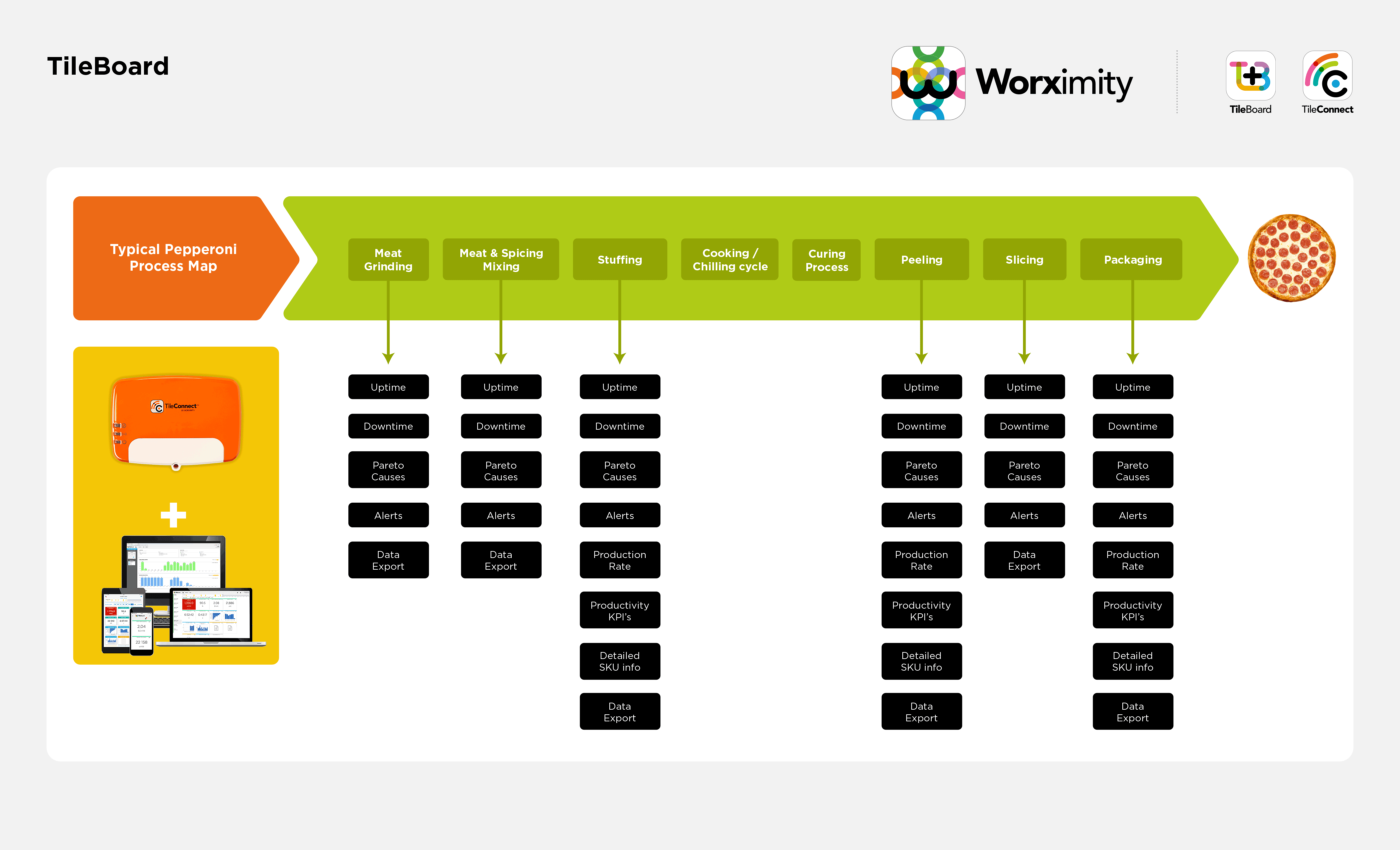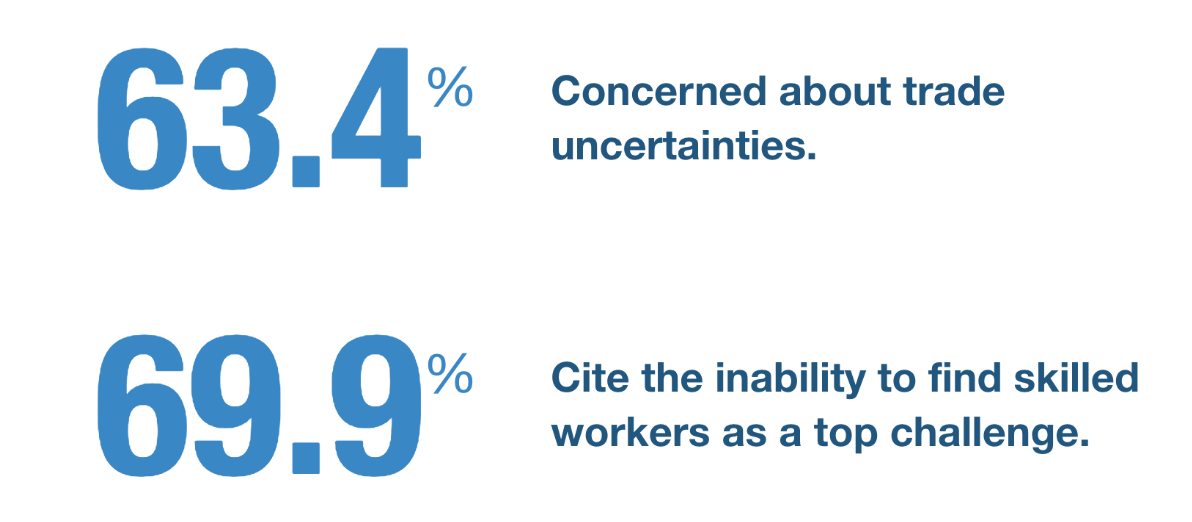Checkweighers can be a critical machine in food processing and manufacturing plants including meat processing facilities. They are often placed at the end of a production or food processing line and are designed to make sure that the weight of the package contents are within desired specifications. Packages that contain less than the required amount can cause either regulatory issues or customer issues (some customers will charge large fees for rejected / underweight packages that they receive). Packages that contain over the specified amount of product represent costly overproduction waste, or ‘wastage’.
Checkweighers come in a wide range of capacities, from small manually operated units to larger industrial scale automated systems that can check weigh hundreds of items per minute. In a meat processing facility, checkweighers might be used for VFFS (Vertical Form Fill and Seal) applications for products like jerky, for VS (Vacuum Sealed) packages for raw meats for retail stores or for checking cans such as for processed meats.
Each of these use cases will have different parameters that will affect the overall productivity of the production line or facility. In addition to checking weights, checkweighers may also have metal detectors and X-ray equipment installed. This is particularly important in meat processing as there are opportunities for blade pieces to make it through the meat rendering process. Combining multiple measurement or alert features into one machine location can make continuous improvement or line balancing and optimization difficult as it can be hard to track which alarm or out of tolerance signal is being driven by which manufacturing line input.
Checkweighers can do so much more than simply accepting and rejecting packages however. Simply connecting a checkweigher (and it’s ancillary signals such as X-Ray alerts) to a production dashboard can help production management and workers to respond to and eliminate the causes of downtime. If data can then be gathered and evaluated over time, the checkweigher output can ascertain if certain steps of the product process or equipment in the line is contributing to over or under-weight packages or other production issues.
Rather than simply driving rejects, the checkweigher can be a source of insights for the meat processing facility to tune their operation to reduce the risk of too many underweight packages or the cost of too many overweight packages.
That’s where checkweigher machine connectivity and Smart Factory Analytics come into play. Connecting checkweighers to the Worximity software lets you access real-time analytics and to easily create reports that give you insights into what the data is telling you over time.
And now Worximity now connects to many brands of checkweigher using API connectivity! In addition to saving the cost of installing the Worximity Tileboard device and from having to connect them to each machine to be able to access realtime data, you get a far richer data set.
This means that you can get real-time factory analytics are lower cost, with a faster ROI. Meat processing facilities can now have an even faster access to real-time factory analytics from checkweighers made by Mettler Toledo, Ishida, Yamato.
To learn more about Worximity and maximizing product yield, visit here.

















